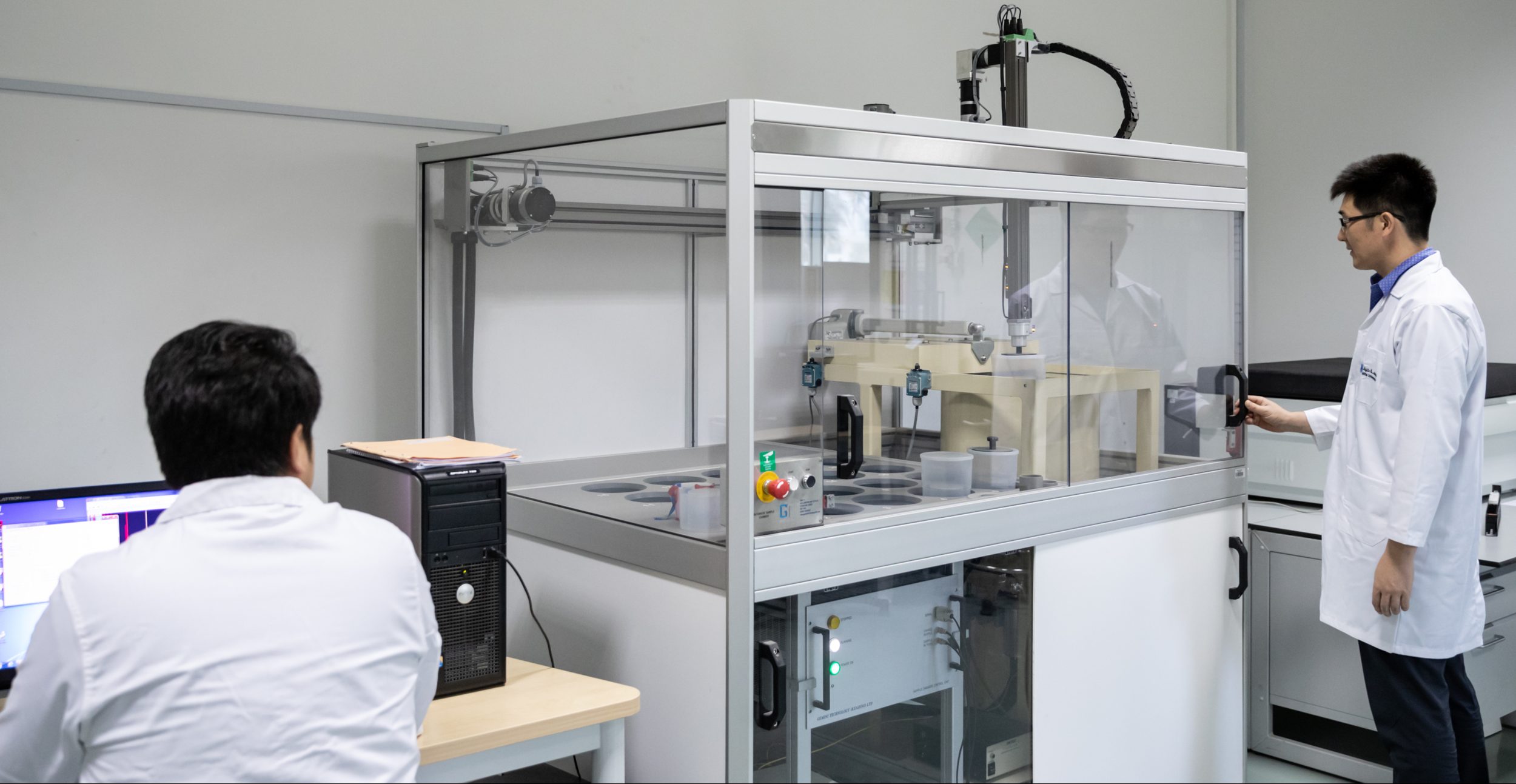Radiation Safety and the Environment
The primary aim in the study of radiation safety and the environment is to:
- Provide computational modeling of radiation dispersion in the atmospheric and marine environments in the Gulf regions with baseline data derived from monitoring equipment based at strategic locations. Computational tools available include:
- WR-Chem, Weather Research and Forecasting model coupled to Chemistry
- Hisplit, The HYSPLIT model is a complete system for computing simple air parcel trajectories, complex transport, dispersion, chemical transformation, and deposition simulations.
- WinMACCS, MACCS (MELCOR Accident Consequence Code System) is a fully integrated, engineering-level computer code developed at Sandia National Laboratories (SNL) for the Nuclear Regulatory Commission (NRC). MACCS simulates the impact of severe accidents at nuclear power plants (NPPs) on the surrounding environment (WinMACCS – Windows version)
- ADMS-5, ADMS 5 is an advanced dispersion model used to model the air quality impact of existing and proposed industrial installations. Its many features include allowance for the impacts of buildings, complex terrain, coastlines and variations in surface roughness; dry and wet deposition; NOx chemistry schemes; short term releases (puffs); calculation of fluctuations of concentration on short timescales, odours and condensed plume visibility; and allowance for radioactive decay including γ-ray dose.
- Hotspot, The HotSpot atmospheric dispersion models are designed for near-surface releases, short-range (less than 10 km) dispersion, and short-term (less than 24 hours) release durations in unobstructed terrain and simple meteorological conditions. These models provide a fast and usually conservative means for estimation of the radiation effects associated with the atmospheric release of radioactive materials.
- Calpuff, CALPUFF is an advanced non-steady-state meteorological and air quality modeling system
- Fluidity/ICOM, Fluidity is an Imperial College open source, general purpose, multi-phase computational fluid dynamics code capable of numerically solving the Navier-Stokes equation and accompanying field equations on arbitrary unstructured finite element meshes in one, two and three dimensions. Used for Ocean modelling within ENTC
- EDFC, Hydrodynamic and dispersion model used for sediment plumes
- RESRAD, The RESRAD family of codes is developed at Argonne National Laboratory to analyze potential human and biota radiation exposures from the environmental contamination of RESidual RADioactive materials. The codes use pathway analysis to evaluate radiation exposure and associated risks, and to derive cleanup criteria or authorized limits for radionuclide concentrations in the contaminated source medium
- EcoLegoTM, Ecolego is a simulation software tool that is used for creating dynamic models and performing deterministic and probabilistic simulations. It is also used for conducting risk assessments of complex dynamic systems evolving over time.
- Measure stable elements and radioisotopes in the terrestrial and aquatic environments and undertake radioecology studies in order to determine radionuclide uptake in plants and animals and thus predict the environmental impact if radiation releases occur. The ENTC is equipped with a variety of equipment to support such studies including:
- Geiger–Müller (GM) Tubes for basic radiation detection
- NaI(Tl) Scintillation Detectors for low resolution, high efficiency gamma spectroscopy
- Silicon Surface Barrier Detectors for Alpha / Beta radiation measurements
- Multi-purpose Handheld Contamination Meter for dose estimates
- SAM 940 NaI Handheld Radioactive Isotope Identifier for field surveys
- ISOCS Characterized Broad Energy HPGe detector for high resolution gamma spectroscopy
- HPGe Micro-Detective-HX for mobile high resolution gamma spectroscopy
- CZT nano-Raider Handheld detector for mobile radiation analysis
- ICP-MS for quantitative isotopic analysis in the ppm ad ppb ranges.
- EDXRF for elemental analysis of % and ppm quantities in a variety of sample types
